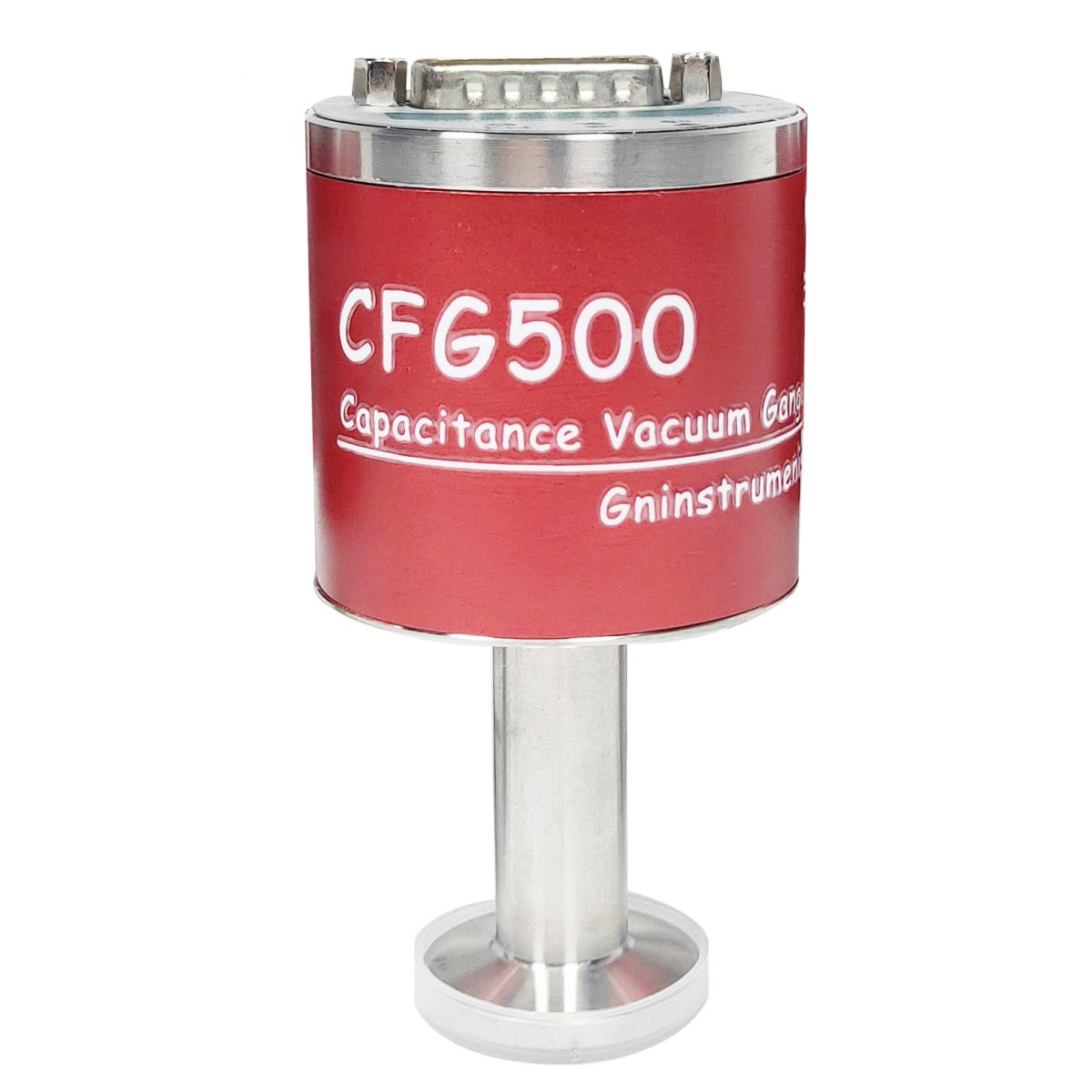Location -> News
News
Classification of vacuum gauges
sales01@cxflowmeter.com
Vacuum gauge function
A vacuum gauge is an instrument used to measure the degree of vacuum. It can determine whether the vacuum degree requirements of certain applications are met, such as vacuum experiments in laboratories, manufacturing and research in the semiconductor industry, etc. Vacuum gauges can also be used to monitor the health of the vacuum system and promptly detect and resolve problems such as vacuum leaks.
According to the different physical mechanisms used in the measurement principles of vacuum gauges, the main vacuum gauges can be divided into three categories, namely those that utilize mechanical properties, those that utilize gas dynamic effects, and those that utilize charged particle effects.
Vacuum gauges that utilize mechanical properties typically include Bourdon gauges and film capacitance gauges;
Typical vacuum gauges that utilize gas dynamic effects include Pirani resistance gauges and thermocouple gauges;
Typical vacuum gauges that utilize the charged particle effect include hot cathode ionization gauges and cold cathode ionization gauges.
Bourdon Rule
The thin copper tube will stretch under different gas pressures, which will drive the lever and gear to rotate, so that the pointer indicates on different scales, and the corresponding air pressure value can be read.
The measuring range of this gauge is generally from 100Pa to 1atm.

Thin film capacitor gauge
Under different pressures, the metal diaphragm will deform at different scales due to different forces, causing the capacitance between the metal diaphragm and the electrode to change. By measuring the change in capacitance, the change in air pressure on the metal diaphragm can be known.
The measurement range of this gauge generally spans four orders of magnitude, such as 0.01Pa to 100Pa, 0.1Pa to 1000Pa, etc.
The advantage of this gauge is its high sensitivity. The disadvantage is that it must be used under constant temperature conditions higher than the ambient temperature to eliminate the impact of different temperatures on the mechanical properties of the diaphragm. It generally needs to be preheated for several hours before use.
The Pirani resistance gauge is also called the thermal resistance vacuum gauge. It works based on the principle of the relationship between resistance and temperature.
As shown in Figure 3, due to the different thermal conductivity of gas molecules under different air pressures, when a constant current is applied to the hot wire, due to different air pressures, the heat conducted through the gas is different, and the temperature maintained by the hot wire is different, which causes the hot wire to maintain different temperatures. The resistance size is different, and the air pressure can be calculated by measuring the resistance size of the hot wire.
If the change in resistance of the hot wire is measured with a bridge, the accuracy of the measurement will be effectively improved.
The measuring range of this gauge is generally from 0.1Pa to 1000Pa.
Since different gases have different thermal conductivities at the same pressure, this gauge needs to be calibrated under different gases.
thermocouple gauge
The basic principle of the thermocouple gauge is the same as that of the Pirani resistance gauge, except that it does not need to measure the change in resistance of the hot wire, but uses a thermocouple to directly measure the temperature change of the heat ratio.
The measurement range is generally between 0.1Pa and 1000Pa.
Like the Pirani resistance gauge, this gauge also needs to be calibrated under different gases used.
hot cathode ionization gauge
In the hot cathode ionization gauge, the hot cathode or filament emits electrons to ionize the gas molecules in the vacuum to produce ions. The generated ions are collected by the collector to form an ion current. By measuring the size of the ion current, the gas molecules in the vacuum can be deduced. density, and then get the air pressure.
The measuring range of this gauge is generally 1.0E-05Pa to 0.1Pa.
The improved hot cathode ionization gauge, Bayard-Alpert gauge, can reduce the lower measurement limit to 1.0E-09Pa.
Since different gases have different ionization rates under the same pressure, this gauge also needs to be calibrated under different gases when used.
cold cathode ionization gauge
Cold cathode ionization gauges also measure air pressure by collecting ion currents from ionized gas molecules, but unlike hot cathode ionization gauges, they use magnetron discharge to ionize gas molecules to generate ions.
The measuring range of this gauge is generally 1.0E-07Pa to 0.1Pa.
For the same reason as the hot cathode ionization gauge, this gauge needs to be calibrated under different gases when used.
At higher pressures (10~1Pa), use pressure difference U-tube pressure gauges, McCraw vacuum gauges, membrane gauges, spring tube pressure gauges, etc.
It is a picometer and viscosity vacuum gauge that utilizes changes in gas properties (heat conduction, viscosity) in the intermediate pressure range of 10 to 10 Pa.
At low pressure, an ionization vacuum gauge is used that measures gas molecules by ionizing them.
If you want to know about vacuum meter selection and quotation, please contact CIXIFM winny: sales01@cxflowmeter.com
Last:Types of mass flow meter Next:what is vortex flow meter












